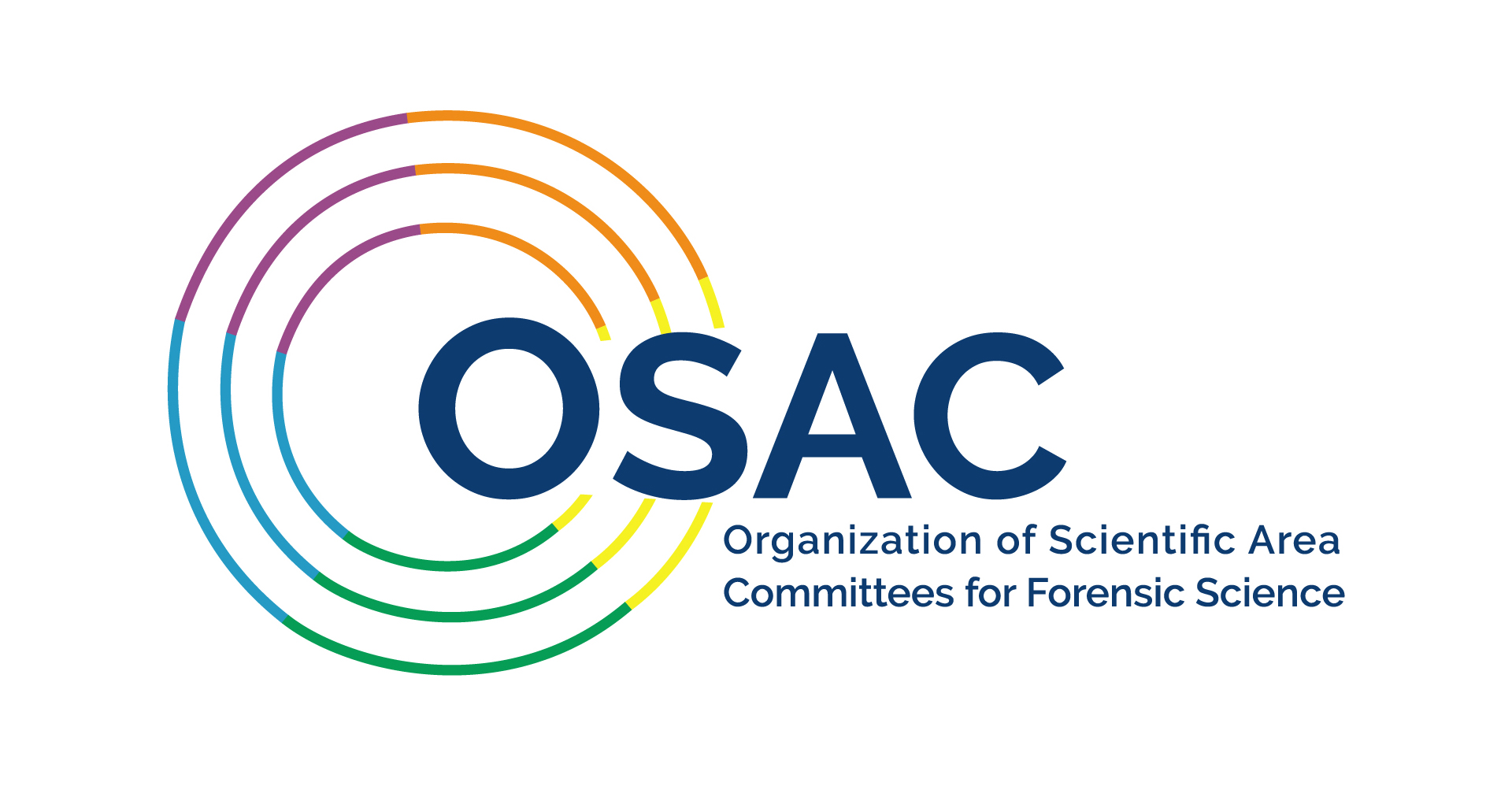Forensic science is a broad field that encompasses a wide variety of disciplines and the roles of forensic examiners are diverse. Each discipline and role comes with its own set of vocabulary, which can quickly become confusing. One word may mean one thing to a DNA analyst, but mean something completely different to a handwriting examiner. The Organization of Scientific Area Committees for Forensic Science (OSAC) has developed a new tool to help forensic scientists speak the same language.
If you are searching for what the word identification really means in forensic science, or want to gain a better understanding of cognitive bias, visit the OSAC Lexicon of Forensic Science Terminology.
The OSAC Lexicon Initiative began in 2016 when OSAC’s Forensic Science Standards Board asked each OSAC unit to identify and collect existing terminology related to their specific forensic science discipline. This database of vocabulary contains 4,000 terms organized by forensic discipline. Users can search by discipline and keyword, using either the term or definition and terms are browse-able by letter. Data is exportable to a CSV file.
Often many definitions exist for the same word, and clicking on the record reveals the source for each term. Readers can rest assured that the information comes from a trusted source. The terms and definitions come from the published literature, including documentary standards, specialized dictionaries, Scientific Working Group (SWG) documents, books, journal articles, and technical reports. In addition, the OSAC subcommittees and committees generated or modified many definitions.
OSAC’s goal for 2018 is to add new terms, remove terms, consolidate duplicate entries, verify sources of non-verified terms, and reach consensus on more OSAC Preferred Terms. Users may suggest a term or submit a comment as the Lexicon continues to evolve.
The Lexicon is a big step forward as OSAC seeks to increase clear communication between forensic scientists.


